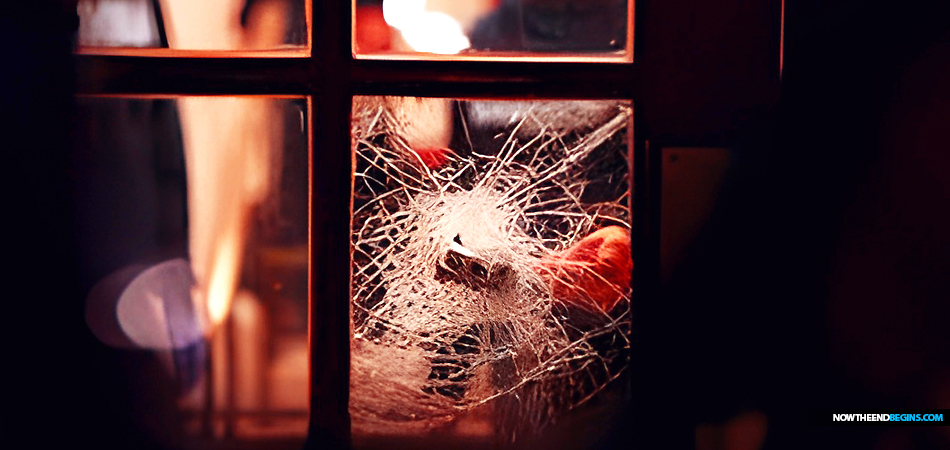Upcycling for preppers: How to turn a broken freezer into a mini root cellar

(Natural News) Proper storage of home-grown produce is an important prepping skill any gardener should have if they want to enjoy the fruits of their labor. Freezing is a great way to enjoy fresh produce all year round. But even if your freezer breaks after long use, you can retain its usefulness in preserving food by converting it into a mini root cellar. (h/t HomesteadSurvivalSite.com)
Old-school cool
Before the invention of refrigerators and freezers for food storage, people had root cellars. The pioneers used to store their food in them for years. These cellars are underground storage areas used for storing things like fresh vegetables, garlic, grains, and potatoes. They didn’t even need temperature-regulating equipment back then because the dirt surrounding the cellar can keep the temperature levels balanced throughout the year. (Related: Storing food without a refrigerator: 25 different kinds of root cellars.)
People assume getting a root cellar would be an extremely arduous task and that it isn’t worth the time, effort, and money to build and maintain. This is a reasonable concern when building a large root cellar. Fortunately, there are cheaper alternatives. All you need is some ingenuity and creativity, you don’t need to mimic the pioneers to have a useful DIY storage system.
There are four factors you need to understand about a practical root cellar: Darkness, humidity, temperature, and ventilation.
An adequately built root cellar should be easy to keep dark and should have proper insulation and moisture management. It should also have ventilation that can draw in cold air while expelling warm air out of the storage area.
Sponsored solution from CWC Labs: This heavy metals test kit allows you to test almost anything for 20+ heavy metals and nutritive minerals, including lead, mercury, arsenic, cadmium, aluminum and more. You can test your own hair, vitamins, well water, garden soil, superfoods, pet hair, beverages and other samples (no blood or urine). ISO accredited laboratory using ICP-MS (mass spec) analysis with parts per billion sensitivity. Learn more here.
Here’s how to create your DIY root cellar from a broken freezer:
- First, attach a wooden section called a collar to the top of the freezer. You can use 2×12 pine planks to make the collar.
- Cut out 1.5-inch slabs of foam for insulation. Attach them to the insides of the collar.
- Afterward, cut out ventilation holes using a jigsaw. Insert two PVC elbows for intake and exhaust.
- Using mildew resistant silicone adhesive, glue the collar to the freezer. If need be, place the lid and a weighted object on top to secure it in place.
- Finally, you can reattach the lid to the collar.
You can watch the video below for a visual tutorial on how to make this DIY cellar.
Tips for storing food in a root cellar
Now that you have your root cellar, you need to know how to use it. Having the best root cellar in the world won’t save your food from rotting if you don’t know how to store them properly. Here are a few tips you can follow to prevent this from happening:
- Never wash vegetables before placing them into the cellar. The water leftover from washing can affect the humidity of the entire cellar, jeopardizing the freshness of the whole stock. Instead, you can shake off excess dirt.
- Handle your fruits and vegetables with care. Bruised or cut fruits can release a hormone called ethylene that could accelerate the ripening process of produce around them. This reduces the shelf life of everything inside the cellar.
- Space out vegetables to prevent excess heat from generating. Ensure there is enough space for proper air circulation in the cellar.
- Fill your cellar as late into the season as you can.
Even if you already have a working refrigerator or freezer, a root cellar is a useful addition to your home since it allows you to store food without needing electricity.
DIY projects can help improve your home in ways you couldn’t imagine. Visit Homesteading.news to learn more.
Sources include:



